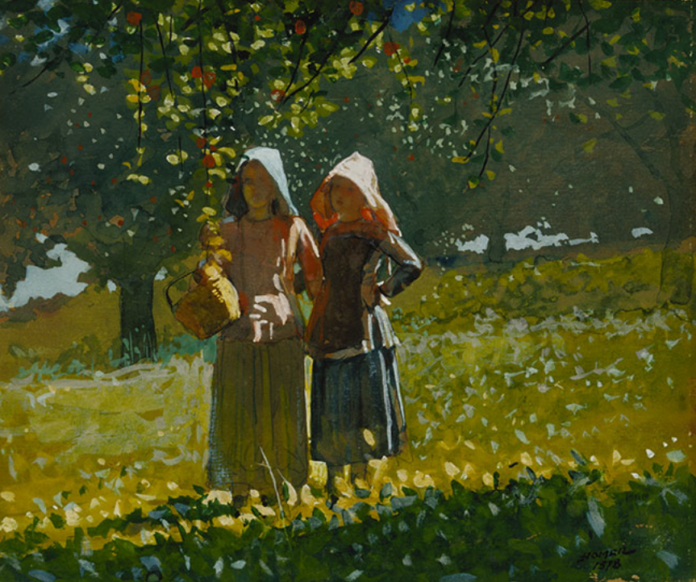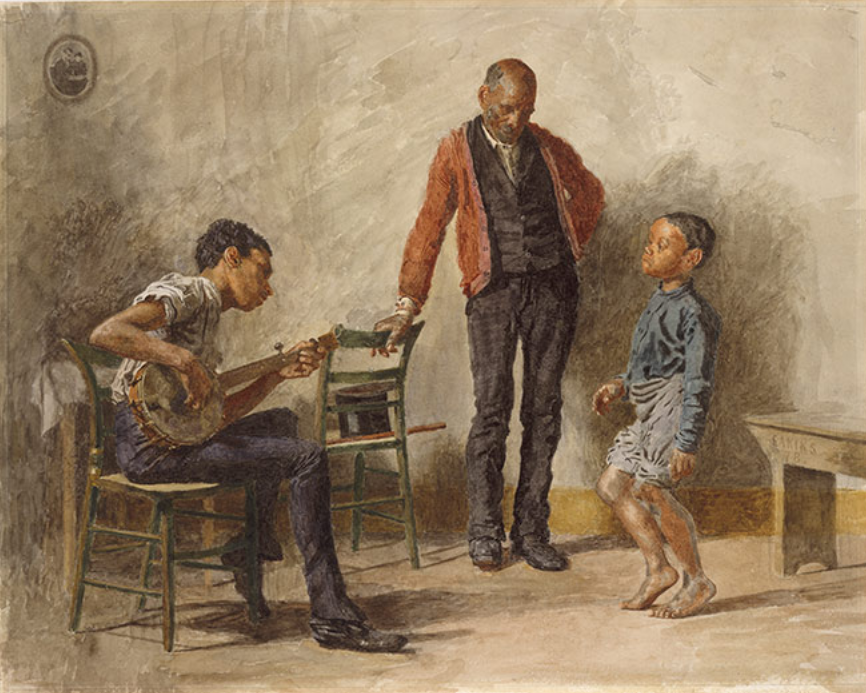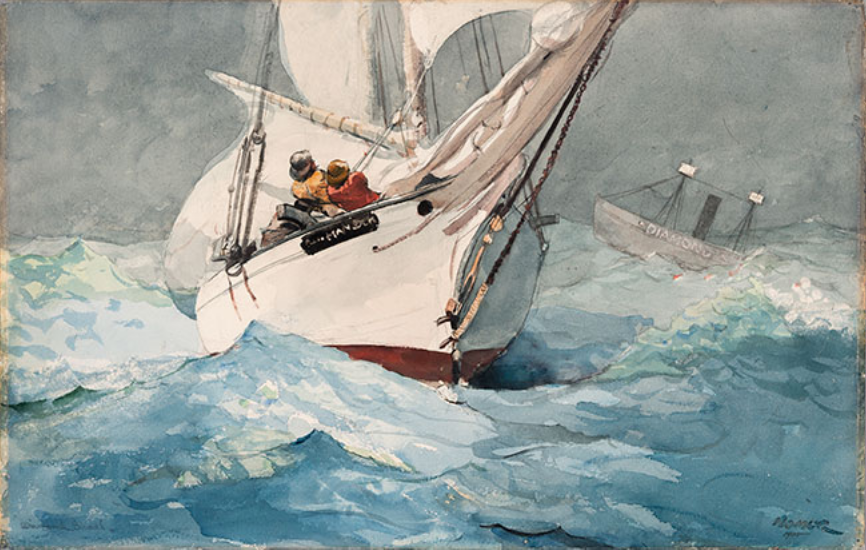
An extraordinary gathering of rarely seen masterpieces highlights the watercolor movement in the 19th and 20th centuries. Told through works exhibiting bold innovation and classical realism, this type of show is once-in-a-lifetime.
On view for just a few more weeks (May 14, 2017) at the Philadelphia Museum of Art, “American Watercolor in the Age of Homer and Sargent” is the fascinating story surrounding one of the most practiced and dynamic of artistic mediums as it evolved through the 19th and 20th centuries. Centered around the artistic geniuses of Winslow Homer and John Singer Sargent, the exhibition showcases a staggering array of gorgeous masterpieces rarely seen by the public.

“Although widely practiced in the US before the Civil War, watercolor painting existed at the margins of the professional art world,” writes the museum. “Considered the domain of amateurs, women, and commercial artists, it drew little interest from the mainstream painters of the mid-1800s.”

The establishment of the American Watercolor Society in 1866 began to shift perspectives. According to the museum, the AWS’s annual exhibitions in New York City encouraged artists from a number of professions to reconsider the medium as a respected practice. The rest, as they say, was history.

“The American watercolor movement created stars like Homer, John La Farge, Thomas Moran, and William Trost Richards, artists who would remain dedicated to the medium for decades,” the museum continues. “Thomas Eakins, George Inness, and others rode the wave through its peak in the 1880s. Together, their work produced a taste for watercolor among younger artists and eager collectors that would endure through the turn of the century, inspiring a new crop of illustrators such as Maxfield Parrish and Jessie Willcox Smith, decorators from the circle of Louis C. Tiffany, and plein air masters Childe Hassam, Maurice Prendergast, and Sargent.”
Whether connoisseur or casual lover of art, “American Watercolor in the Age of Homer and Sargent” has something for everyone to enjoy. To learn more, visit the Philadelphia Museum of Art.

This article was featured in Fine Art Today, a weekly e-newsletter from Fine Art Connoisseur magazine. To start receiving Fine Art Today for free, click here.







